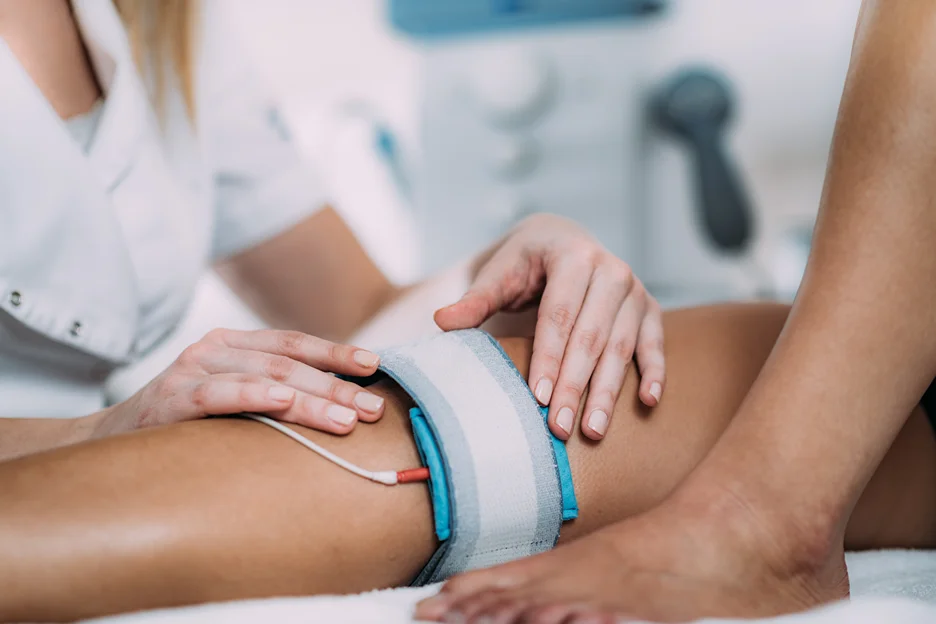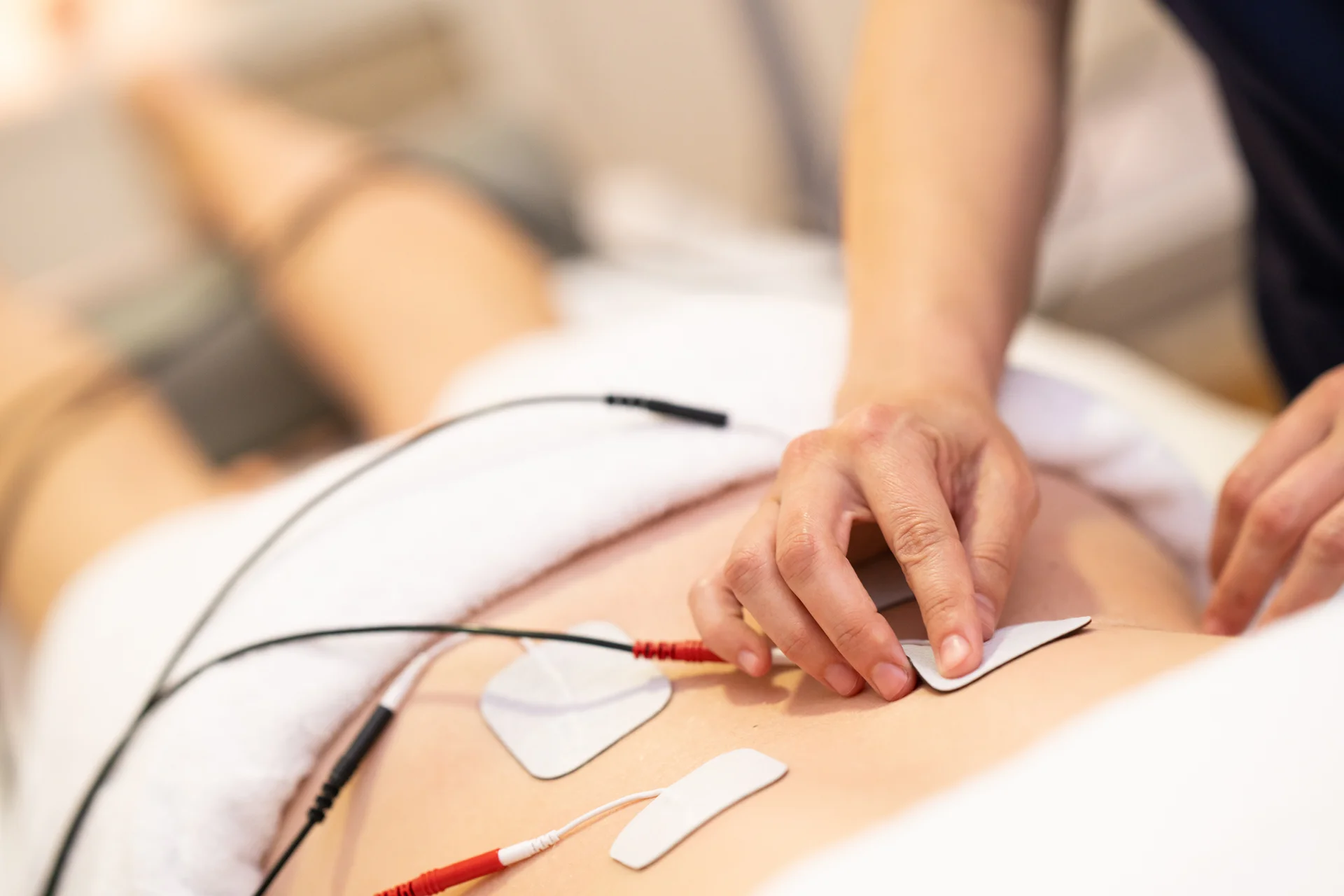A Comprehensive Guide on How Electrical Stimulation Can Offer a Respite from Sciatica Discomfort
Sciatic pain can run from the lower back down through the buttocks and legs. It is characterized by mild to excruciating pain, numbness, and muscle weakness that can disrupt daily routine and severely impact quality of life. While there are many treatment options for sciatica, using a transcutaneous electrical nerve stimulation (TENS) unit is emerging as an effective drug-free method to get relief from sciatic nerve pain.
TENS units work by delivering small electrical impulses through electrode pads placed on the skin. These low-voltage electrical pulses interrupt the transmission of pain signals and stimulate the production of endorphins – the body’s natural pain killers. In this comprehensive guide, we will explore the science behind TENS therapy for sciatica and provide actionable advice on using these safe medical devices for pain management.
Understanding the Sciatic Nerve & Sciatica Pain
The sciatic nerve originates from the lower spine and extends through the hips and buttocks down each leg. It supplies sensation and controls muscles in the lower limbs. Sciatica occurs when the nerve roots in the lower back are compressed or irritated.
There are two types of sciatic pain:
| 1. | Acute sciatic pain | comes on suddenly and lasts for weeks or months. It is typically caused by a herniated disc, bone spur, muscle spasm or injury. |
| 2. | Chronic sciatica | develops gradually over time and can last for years. It may be caused by spinal stenosis, spondylolisthesis, piriformis syndrome or pregnancy. |
The most common symptoms of sciatica include:
- Radiating, burning pain from the lower back or buttock to below the knee
- Numbness or muscle weakness in the affected leg
- Difficulty moving the leg or foot
- Constant pain on one side that may be worsened by prolonged sitting
- Tingling or “pins and needles” sensations down the leg
While the pain is mild for some, it can grow progressively worse and debilitating for others. Severe sciatica can make everyday activities like standing, sitting, walking or even coughing extremely painful. That’s why it is important to try treatment options like TENS units to get relief from sciatic nerve pain.
TENS Unit: The Science Behind Pain Relief
A transcutaneous electrical nerve stimulation (TENS) unit is a small, battery-operated device that sends mild electrical impulses through electrodes placed on the skin surface. The electrodes are connected to the TENS unit with thin wires and applied directly over or near the site of pain.
When activated, the TENS unit delivers small electrical currents which stimulate nerve fibers in the skin and spinal cord. This stimulation interrupts the transmission of pain signals to the brain and changes how pain is processed and perceived in the central nervous system. The electrical nerve stimulation also triggers the release of endorphins – chemicals produced by the body to suppress pain naturally.
TENS therapy should not be confused with electrical muscle stimulation (EMS) which aims to contract muscles. TENS units use a different mechanism and are set at a lower stimulation intensity than EMS to block pain signals rather than stimulate muscles. The gentle electrical pulses from a TENS unit depolarize nerve cell membranes which block pain signals. Patients may feel a tingling or massaging sensation which helps override the feeling of pain.
Setting Up and Using the TENS Unit for Sciatica
TENS units for sciatica are available in basic portable devices to more advanced prescription models. For home use, many patients find affordable over-the-counter TENS machines effective. Prescription units allow for more adjustments but can be expensive.
When using a TENS unit, it is important to place the electrode pads correctly along the path of the sciatic nerve for optimal pain relief. Common placements are:
- On the lower back directly over the painful area
- On the buttocks and back of thighs to target the sciatic nerve
- Below the knees on the calves
Avoid placing pads over areas of broken skin or rash. Proper placement helps transmit electrical impulses directly near the nerve roots causing pain. Patients may need to try different placements to determine what works best for their individual pain pattern.
Most TENS units have controls to adjust stimulation intensity, frequency and pulse patterns. A healthcare provider can recommend appropriate settings tailored to each patient’s needs. Start with lower intensities and work up to a strong but comfortable level. Higher frequencies between 80-100 Hz work well for chronic pain while lower frequencies of 2-5 Hz help treat acute flare ups. The stimulation should produce a pleasant, massaging sensation without discomfort or pain.
For chronic sciatica, brief 20-30 minute sessions, 1 to 3 times a day are recommended. Consistency is key – using it 1-2 times weekly alongside other remedies may provide better relief. Patients should move or exercise while using the device to encourage circulation and promote healing. It is safe to use a TENS unit daily for months under medical guidance.
Benefits of Using a TENS Unit for Sciatica

TENS therapy is recommended as a first line, non-pharmacological treatment for all types of sciatica. It has multiple benefits:
- Provides effective temporary pain relief to sciatica patients
- Reduces reliance on oral pain medications and their side effects
- Safe, drug-free intervention without surgery or injections
- Can be used alongside other treatments like physiotherapy or massage
- Portable and easy to use at home and work
- Allows patients to stay active with daily routines and exercises
For long-term relief, TENS units should be combined with targeted exercises, postural correction, massage techniques, chiropractic adjustments or acupuncture. Using them inconsistently or in isolation may not lead to sustained pain relief.
Precautions and Considerations
While TENS devices are safe when used as directed, there are some precautions to keep in mind:
- Avoid using TENS units if you have a pacemaker, defibrillator or other implanted electrical device. The electrical pulses may interfere with such devices.
- Do not place electrodes directly over infected skin, wounds, rashes or swollen tissue.
- Start at the lowest intensity and gradually increase. Improper use can cause skin irritation.
- Do not use it while sleeping, driving or operating machinery. The stimulation can cause involuntary muscle twitches.
- Stop using your TENS unit if the pain worsens and consult your doctor.
Patients are also advised not to use TENS as a standalone treatment, especially for chronic or severe sciatica. It should be used under the supervision of a doctor or pain specialist as part of a multifaceted treatment plan. Additionally, there is little evidence on the safety of TENS units during pregnancy so it is best avoided.
Alternative and Complementary Treatments for Sciatica
TENS therapy is often combined with other remedies for faster, longer lasting relief:
- Medications like non-steroidal anti-inflammatory drugs to reduce inflammation
- Spinal injections of steroids or anesthetics to block pain signals
- Physical therapy via stretching, exercises or ultrasound therapy
- Chiropractic manipulation or acupuncture to improve spinal alignment
- Surgery for severe cases unresponsive to conservative treatment
- Hot and cold packs to relax muscles and increase blood flow
The type of complementary treatment depends on whether the sciatica is acute or chronic. Acute sciatica caused by a herniated disc or muscle spasm improves faster with short term therapies like ice packs, massage, pain relievers and modified rest.
Chronic sciatica requires long-term approaches like structured exercise, postural training, chiropractic care and occupational therapy. A doctor can recommend the right combination specific to each patient’s condition.
Final Thoughts
Sciatica can be an extremely painful and debilitating condition that disrupts daily life. Using a TENS unit is emerging as a safe, drug-free option to manage chronic and acute sciatic nerve pain. The gentle electrical impulses interrupt pain signals and stimulate the body’s natural pain relief system. When combined with other treatments, TENS therapy can provide temporary relief from sciatica flare-ups and help patients regain function.
With proper guidance, TENS units are easy to use at home or work. Starting at low intensities and experimenting with pad placement is key to getting optimal results. Though not a cure, TENS devices offer a non-invasive way to gain some control over sciatica pain when part of a comprehensive treatment plan.
Connect with an Expert Through Kaly

If you suffer from painful sciatica symptoms, consider trying TENS therapy under the guidance of an expert. On Kaly, you can get connected to certified pain management specialists who will evaluate your condition and help create a tailored treatment plan. They can recommend appropriate TENS unit settings, pad placement and complementary therapies to provide lasting relief.
Kaly makes it easy to find experienced providers, book appointments online and get quality care from the comfort of your home. Don’t let sciatica limit your mobility and quality of life. Take control of your pain by signing up on Kaly today to get matched with sciatica and pain management experts in your area.
